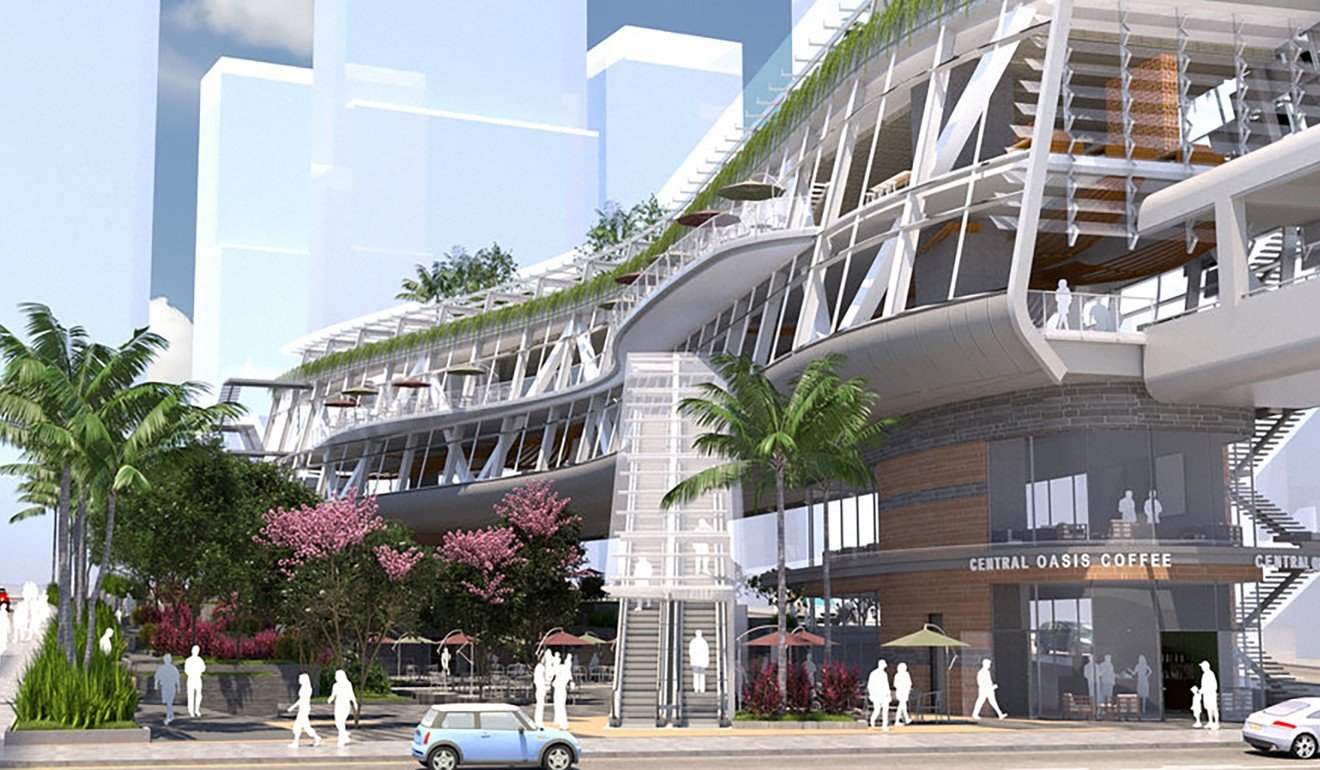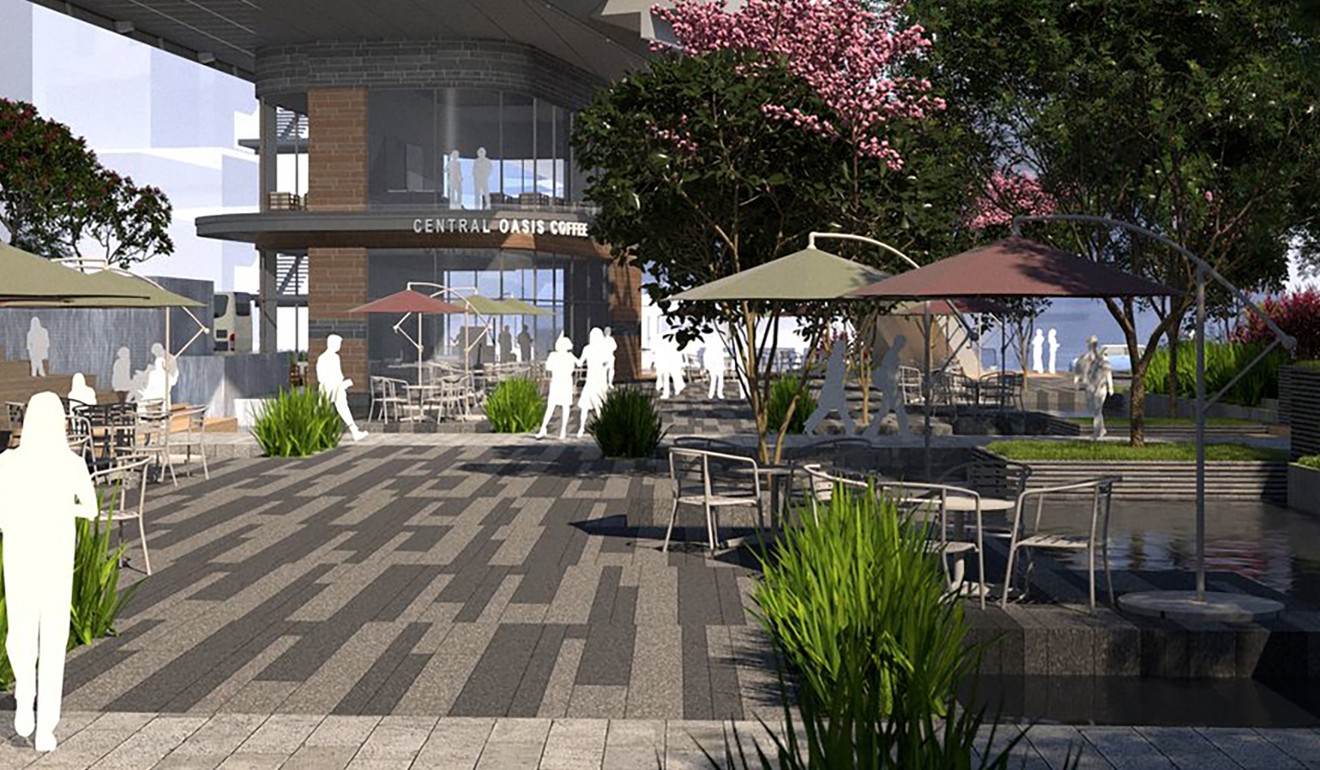
Replace Central Market with an ‘oasis’, Hong Kong district councillor urges amid unclear government plans
Paul Zimmerman says his idea for the 175-year-old building will create more open spaces and make it pleasant to walk in the area

A Hong Kong district councillor is taking his own radical approach to the redevelopment of Central Market, suggesting the building be demolished in favour of an open space as government plans for the structure remain shrouded in mystery.
Southern District councillor Paul Zimmerman collaborated with a local architectural firm and planned to present his proposal for the 175-year-old market to the Urban Renewal Authority (URA) on Monday.
He recommends replacing the entire building with a footbridge and “urban plaza” below for people to relax and enjoy a green space in the middle of one of the busiest districts in Hong Kong.

“If you look at the site and ask ‘how can it best be used?’, then the best use would be as a park because we have no open space anywhere connecting Queen’s Road and Des Voeux Road,” Zimmerman said.
“All the pavements and alleys are extremely narrow and congested, to the point that it is unpleasant to walk in Central, so this will be an opportunity to create a massive open space.”
This will be an opportunity to create a massive open space
Zimmerman, who is also CEO of Designing Hong Kong, an NGO advocating sustainable urban design, said authorities had been “secretive” about plans for the market.
He said he hoped that even if his proposal was not implemented, it would “provoke” the URA to “work harder” to safeguard the area as a heritage site and run the market “properly”.
On the government’s end, the redevelopment of Central Market seemed to be finally under way, eight years after it was given by the government to the URA. The URA was calling its HK$740 million revamp a “heritage preservation and revitalisation” project, but details were unclear.
A spokeswoman declined to comment on Zimmerman’s suggestions and whether it would entertain new plans for the market.
She confirmed that only certain aspects of Central Market would be preserved, including the external facade facing Jubilee Street and Queen Victoria Street, the grand staircases and the column grid.
The spokeswoman added that a “consultant” had been appointed to work out details of the operation.
Zimmerman said he did not expect much of the original structure to remain because of structural integrity issues, such as “rotten concrete” in the outer walls that would have to be removed. He said it would be better to replace the building if it could not be entirely preserved.
He estimated that his proposed plan, called “Oasis Plaza”, would cost between HK$150 and HK$200 per square foot, totalling about HK$19 million to HK$26 million.

Meanwhile, Central and Western District councillor Ted Hui Chi-fung said: “What we have received from [the URA] so far has been very vague. When we asked [them] very recently who the operator would be ... we didn’t get an answer.”
Hui added that URA representatives came to the district council every two months to report on the market’s progress, but only limited information had been given.
“I have a feeling they want to decide everything themselves. They will generate a plan, make a decision and tell the council about the decision,” he said.
On Zimmerman’s new proposal for the structure, Hui called it “too progressive” and said he would prefer to preserve as much of the original structure as possible.
Central Market first opened for business in July 1842. The current three-storey, Bauhaus-style structure was built in 1939.

In 2003, plans to bulldoze the market for a high-rise development sparked controversy. After years of public protest, the building was eventually granted Grade III status in 2009. According to the Antiquities Advisory Board, such buildings require preservation of the structure in “some form”. The government tasked the URA to revitalise the market and preserve its heritage.
Original plans were to turn the place into a “floating oasis” with a rooftop garden. But the proposal was scrapped in 2015 due to structural issues, tripled costs and time constraints.